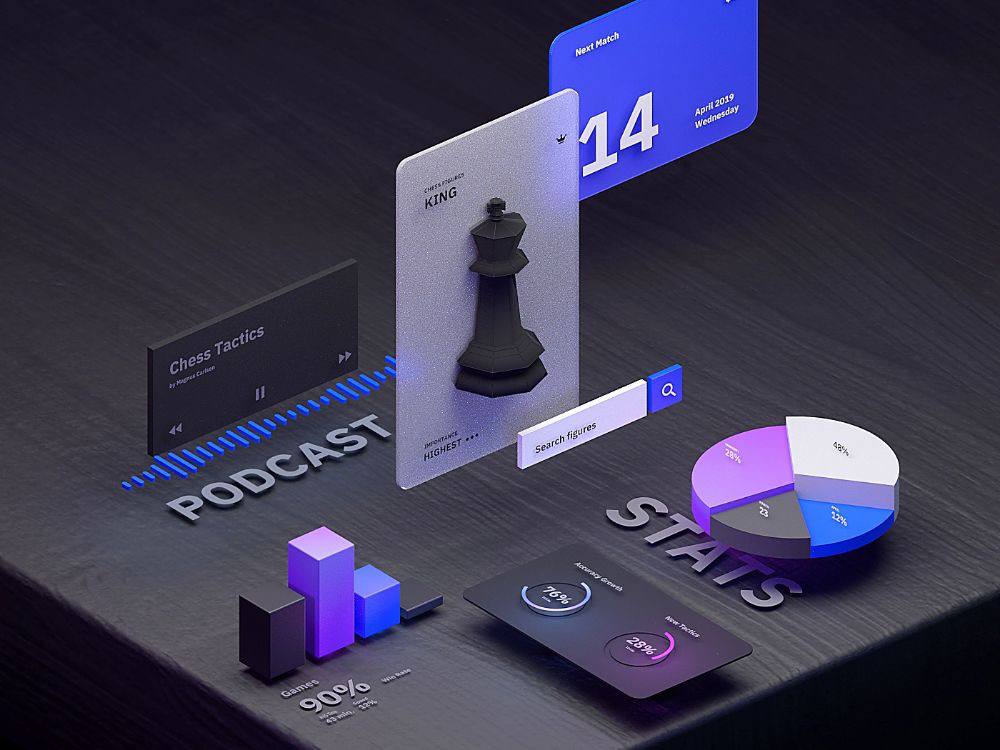Two crucial elements often get intertwined: marketing and branding. While they work hand-in-hand, they serve distinct purposes and play different roles in driving business growth. Understanding the difference between marketing and branding is vital for businesses to effectively allocate resources, build a strong reputation, and ultimately, achieve long-term success.
Marketing: The Short-Term Catalyst
Marketing is the process of promoting a product, service, or idea to potential customers. Its primary goal is to drive sales, generate leads, and increase revenue. Marketing strategies include advertising, content creation, social media campaigns, email marketing, and event marketing. Marketing is a tactical approach, often measured by short-term metrics such as conversion rates, click-through rates, and return on investment (ROI).

Branding: The Long-Term Foundation
Branding, on the other hand, is the process of creating and establishing a unique identity for a business. It encompasses the values, personality, and visual elements that differentiate a company from its competitors. Branding strategies include developing a brand positioning statement, creating a brand identity, crafting a brand voice and tone, building brand awareness, and establishing brand consistency. Branding is a long-term approach, focusing on building emotional connections with customers, creating loyalty, and establishing a reputation.
Why People Get Branding Wrong
Many businesses misunderstand branding, viewing it as a one-time event or a superficial exercise in logo design. However, branding is a continuous process that requires ongoing effort and commitment. It’s a long-term solution that builds equity and drives sustainable growth.

The Consequences of Misunderstanding Branding
When businesses misunderstand branding, they often focus on short-term gains, neglecting the long-term benefits of a strong brand. This can lead to:
- Lack of differentiation: Failure to establish a unique identity, making it difficult to stand out in a crowded market.
- Inconsistent messaging: Confusing customers with mixed signals, diluting the brand’s impact.
- Short-term thinking: Prioritizing quick wins over long-term growth, leading to stagnation.

The Power of Marketing and Branding Together
When marketing and branding work together, they create a powerful synergy that drives business growth. Marketing efforts become more effective when rooted in a strong brand foundation, and branding becomes more impactful when supported by targeted marketing campaigns.
Growing a Business into the Future
To grow a business into the future, companies must prioritize both marketing and branding. By understanding the difference between these two disciplines, businesses can:
- Build a strong brand foundation: Establish a unique identity, values, and personality that resonate with customers.
- Drive short-term results: Execute targeted marketing campaigns that drive sales and revenue.
- Create long-term equity: Focus on building brand awareness, loyalty, and reputation.
- Stay adaptable: Continuously monitor and adjust marketing and branding strategies to respond to changing market conditions.
In conclusion, marketing and branding are complementary elements that play distinct roles in driving business growth. By understanding the difference between these two disciplines and prioritizing both, businesses can build a strong foundation for long-term success and create a lasting impact in their industry.












